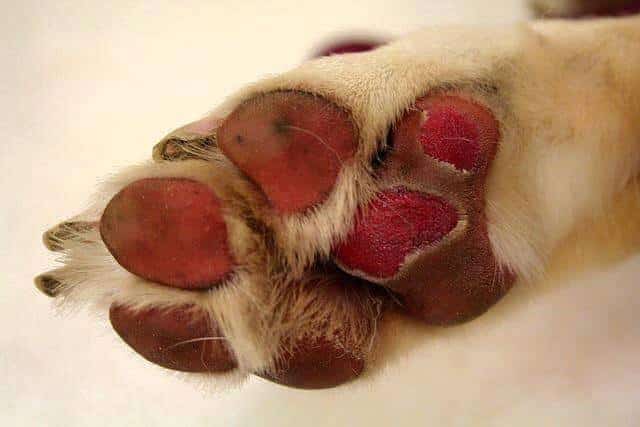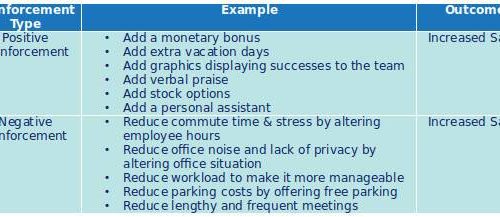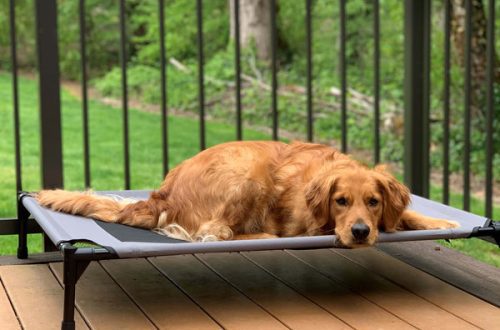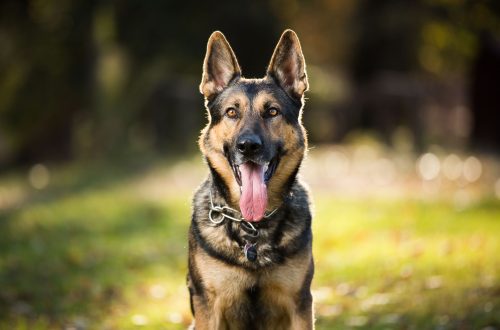
How to protect dog paws from reagents?
What could be better in winter than walking with your pet through a snowy park? Just a snowball fight. Unfortunately, as soon as ice appears on the roads and paths, the streets begin to be treated with special reagents. Most likely, you paid attention to your shoes after a walk – white spots appear on them, and shoes sometimes crack. This treatment of the streets also affects the pads of your dog’s paws.
What do they sprinkle on the streets in winter?
In winter, asphalt roads and paths are treated in various ways: most often it is sand, salt and chemicals. Sand is practically safe for the dog’s paws, but salt and reagents can at least irritate the pads on the paws. Pay close attention to where your dog walks. He may accidentally eat reagents or try to lick his paws. Poisoning with reagents can significantly affect the well-being of your pet. If you notice that your dog is feeling nauseous after a walk, contact your veterinarian immediately.
How to walk your dog in winter?
To make winter walks enjoyable for both you and your pet, prepare in advance.
The duration of the walk. For each breed, the time of the walk will be different. Dogs of miniature breeds quickly freeze even in a special suit and shoes, but large dogs with a thick coat of wool will be happy for long walks. Pay attention to the behavior of the pet – if he stopped running and tries to sit or lie down, then he is tired and it’s time to go home.
Route. If there is a forested area near your home, it is better to go there. Fewer reagents are poured in parks, and you can let your pet run on fresh snow outside the cleared paths. Also in the parks there may be special areas for walking dogs with exercise equipment. You can walk your dog in parks or on special dog playgrounds. Don’t forget to clean up after your dog and stay away from playgrounds.
Shoes for dogs. To protect your pet’s paws from salt and reagents, buy special shoes for dogs at the pet store. It is a small cover made of leather or synthetic rubberized materials that will protect the paws of the animal from damage. Shoes need to be sized and the dog needs to get used to walking in them. It is best to teach your pet to shoes from puppyhood.
Oily paw cream or wax. If there are no special shoes, before walking, you need to treat the pet’s paws with a greasy cream or special paw wax. This cream or wax forms a thin protective film on the pads that will prevent chemicals from penetrating the skin. If the cream is not at hand, lubricate the dog’s paws with petroleum jelly.
Proper washing of paws after a walk. Before washing your pet’s paws after a walk, dry the pads with a soft cloth. Before washing, it is better to give the dog some time to sit and dry. During this time, the ice that could form on the wool between the pads will melt. Rinse your dog’s paws with lukewarm water. Excessively hot water can increase irritation from reagents. Be sure to check the space between your fingers and remove salt and small stones. After washing, dry the paws with a towel.
Wound treatment. If during the walk the dog is still injured, treat the wounds. First, rinse the paws with water at room temperature, remove the dirt between the fingers, and then treat with an antiseptic and lubricate with a healing cream.
Always contact your veterinarian if you are concerned about your dog’s well-being. If your pet has been badly hurt on a walk or looks sick, or you can’t treat the injuries yourself, be sure to take him to a veterinary clinic for a checkup. The specialist will treat the wounds and give recommendations for further care of the dog.





